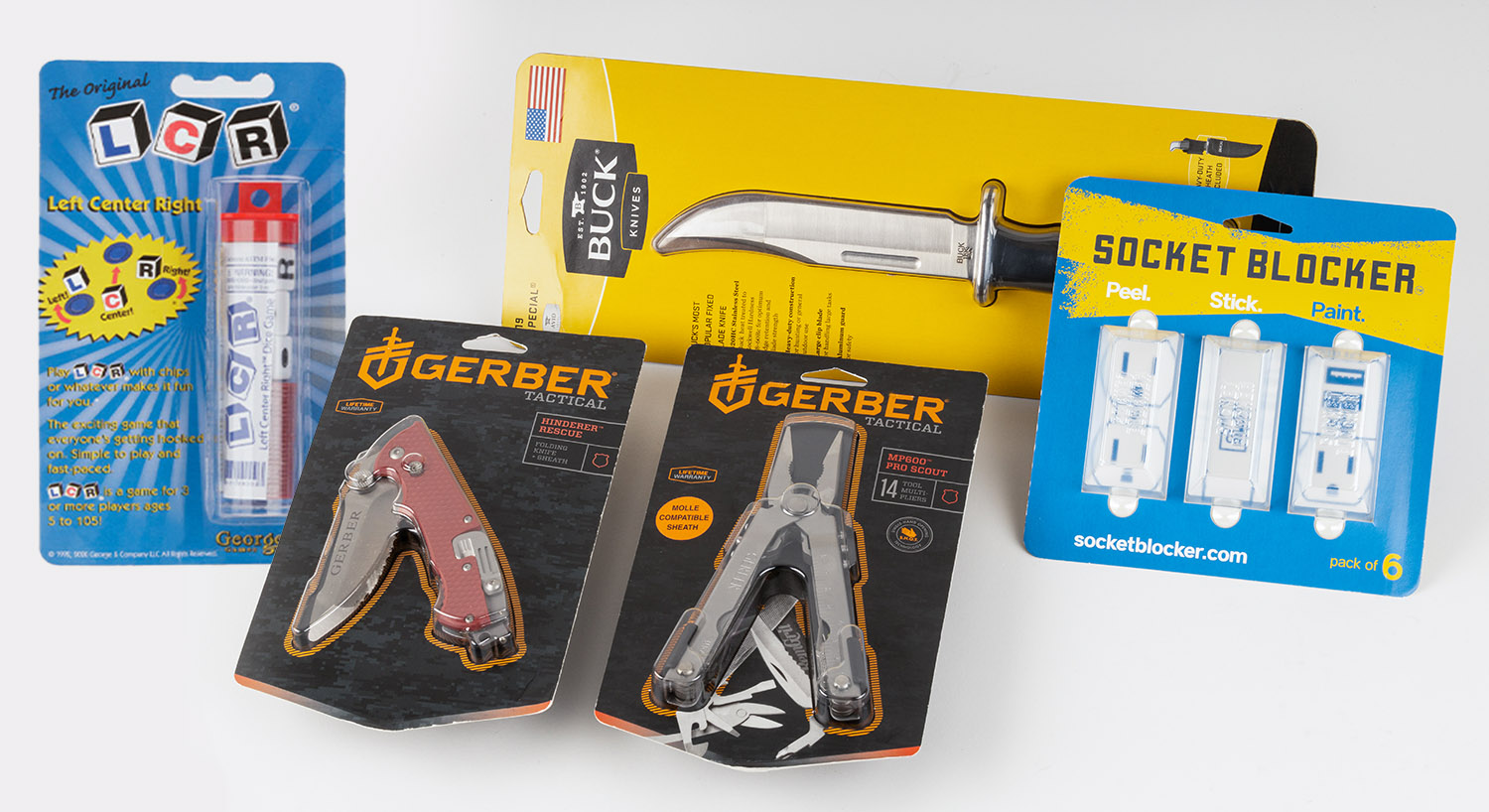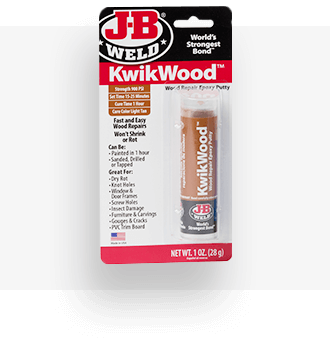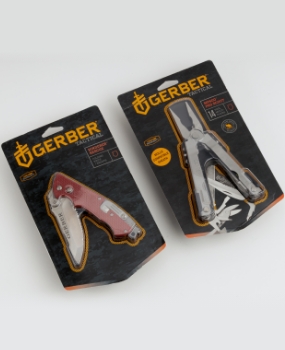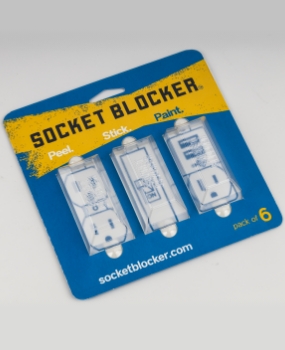As one of the leading manufacturers of blister packaging in the United States, VisiPak works with companies of all sizes to develop a wide variety of blister packaging solutions produced in our strategically located manufacturing locations in the Midwest and Western US.
What is Blister Packaging?
Blister packaging is essentially any package that utilizes a thermoformed, clear plastic cover - often referred to as a "blister" - that is combined with a printed card to help merchandise a product. By nature blister packs are designed for customizing a package. The plastic is formed to fit a product. Blister packs, as they are commonly called, typically require some type of secondary process and heating equipment to adhere the card to the plastic. This can be a very cost-effective option for high volume requirements. Likewise, low volume needs often use a simple style blister, especially when introducing a new product or testing the market, but is still a custom blister. An alternative is a stock clamshell package. Learn more about blister packaging by clicking on the link below.

4 Main Types of Blister Packs

Face Seal Blisters
Plastic blisters lay on top of a portion of the header card. A sealing process is applied to secure the contents. Typical for small lightweight items such as lip balms, sewing notions, packages of pens and markers.

Full Face Seal Blisters
Plastic blisters lay on top of the card typically covering all of the card. A sealing process is necessary to secure the contents. Often the packaging choice for products hygienic products, such as toothbrushes.

Trapped Blisters
Plastic blisters sits between the front and back of the header card. A sealing process is required to secure the blister package. A popular choice for high value products that need to prevent against pilfering.
Hanger Options
In addition to offering many different types of blister packs, one can also choose from a variety of hanger options when designing a blister.
Slot Hang Tabs
Hook Hang Tabs
Hole Hang Tabs
Fold Up Hang Tabs
Security Hang Tabs
Our Work

Gerber

J-B Weld

TenPoint

SOG

Grease Monkey Wipes

Dr. Brown's

Lang Pharma Nutrition

Fuji

Strike King

Buck Knives

Socket Blocker

George & Co. Games
Our Process
So, how does one go about developing blister packaging for a product? Let us walk you through the process.
1. Initial Evaluation
The first step typically involves describing the retail environment in which your product will be sold, how the package will be assembled, the annual volume required and other factors that will determine whether a blister pack is an ideal solution.
2. Design Review
Once it is determine that a blister pack may work, we often start by requesting a sample or CAD drawing of the product. Our designers will use this and info from the Initial Evaluation to determine what type of blister packaging will work best.
3. Material Selection
In addition to developing the design and dimensions of the blister, our team will work to specify the best material for the application. While PET is the most blister material, our team can evaluate your assembly process and other needs to find the best fit.
4. Prototyping
With all of the specifications in place, our team can move to the prototyping stage where we create low-cost, tooling that can produce a limited number of physical blisters which one can use to test, configure shipping cartons, etc.
5. Production Tooling
Once the prototypes are approved, our team can move onto creating the actual tooling that will be used on VisiPak's high-speed inline thermoforming machines to produce the blisters. Much of this is by our in-house tooling fabrication team.
6. Assembly & Card Printing
While the VisiPak team is busy getting ready to produce the thermoformed blisters, our clients are typically busy sourcing the printed, blister cards and developing the assembly process - including any heat sealing equipment.
7. Production
With all of the production tooling complete, blister cards sourced and assembly processes created, one can comfortably place an order for "production parts" and get busy packaging and selling the final packaged product to retailers.
8. Ongoing Support
As the manufacturer of the blisters, the VisiPak team then works with its customers to troubleshoot any issues and address any concerns - often working with customers to integrate automation or deal with retailer demands related to merchandising.
Need Some Inspiration?
We encourage you to look through our portfolio, read our case studies or even look for other clear packaging ideas.

Our Portfolio
See examples of blister packaging designed and manufactured by VisiPak.
- Blister Pack Images
- Case Studies
- Other Clear Packaging Solutions






